Note: I drafted this post before the decision issued yesterday in Trump v. Hawaii upholding the Muslim ban. I enjoyed A Place For Us and felt it was relevant when I finished it almost a month ago–today it feels even more relevant. No matter what the president and the courts have said, Muslims have a place in this country. This is our generation’s Korematsu and I hope that we feel shame over it sooner rather than later. If you are of the Muslim faith or from an immigrant family and have stumbled upon this blog, hear me say clearly that you are wanted here. <3
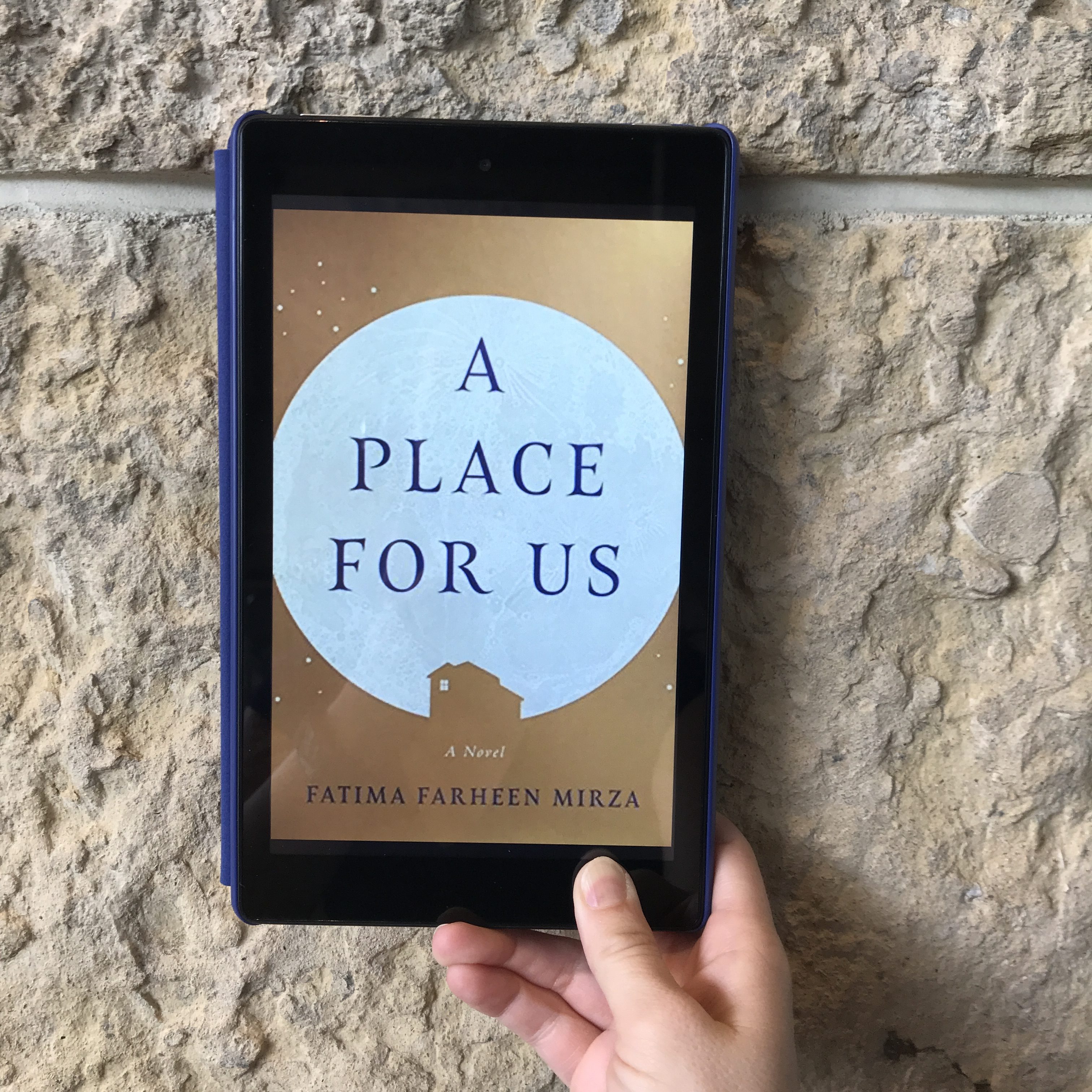
I received a digital ARC of this book from SJP for Hogarth on NetGalley. I’m grateful to SJP for Hogarth for their generosity and am happy to post this honest review. All opinions are my own.
And it is in these moments that the fabric of my life reveals itself to be an illusion: thinking that I am free, we all are, that we could grow around your loss like a tree that bends around a barrier or wound. That I do not need to see you again. That the reality of our life as it is now is the best that we could have done and the best we could have hoped for.
Synopsis
Set on the day of an oldest sister’s wedding, A Place For Us, introduces the reader to a Muslim Indian-American family whose estranged youngest son has returned for the celebration. Though A Place For Us, Mirza explores themes of one’s place within a family, a family’s place within a community, and a Muslim and Indian community’s place within 21st Century American society. Told in shifting narratives through the decades leading to the wedding, A Place For Us shines as a deeply relevant, debut novel.
Structure
A Place for Us bounces around in time, which will drive some readers a little crazy, though Mirza writes within this structure as well as it can be done. The modern starting point is older sister Hadia’s wedding, for which Amar has come home for the first time in years. We’re told he’s been gone; from there the book flashes back in time to show us why and what it took for him to come home today. There is no date headers/signpost when the timeline changes—the narrative simply shifts and you determine through what people are talking about how many years forward or backward you are within the children’s lives. This could be really confusing, but in Mirza’s hands, it’s as clean and clear as it can be. She has major events in the children’s lives as signposts that come up fairly quickly. These events and/or comments about the children’s ages or school grade are peppered in early within new sections so you can quickly place it within the narrative.
This has the effect of making the narrative read like a puzzle—you can pretty clearly understand the piece in your own hand and with a little study, you can see where it goes. Each piece makes you form one idea as you read and that idea is confirmed or changed when another character’s point of view and experience appear several vignettes later.
The other thing that helps this structure be less jarring is that the book is told in third person by an omniscient narrator so you can tell when the perspective shifts to another character and who that person is. Several perspectives and times appear within most chapters so when Mirza shifts time and person, there is a paragraph break and symbol that indicates a change so you know you need to be looking for a different time and character. I enjoy when authors use non-linear timelines; just be warned this structure (in addition to the themes and content) make this book one that does require a little more energy and focus to really dig into.
Character Development
The bouncing in time reveals different characters to varying extents. The early chapters are heavy on Hadia and Layla, the three children’s mother. The center picks up more with Amar and the ending is almost entirely Rafiq, the father.
At its heart, A Place For Us is about Amar’s place within the family as much as it is about the place of an Indian Muslim family in modern American society. It is interesting then that Hadia and Layla are the ones to introduce us to Amar and Rafiq—these two women largely form our opinions of the boy and his father before either of them is allowed to influence our feelings of them much.
Hadia comes across in her own vignettes and others as mostly likeable. She isn’t perfect—she makes (but recognizes) her mistakes. She is perhaps the only character whose presentation didn’t change how I felt about her through the book. Layla’s early chapters make her seem sympathetic; yet later chapters made me reform my opinion. In her efforts to do the best for her children, she does things that hurt them, never really realizing her role in creating the current system of estrangement we have now. You don’t see her mistakes until after you’ve met and been hearing from her for a while, though, so the shift felt like a betrayal—not on the part of Mirza whose writing here is masterful, but by Layla. I trusted her and my trust was broken.
The contrast to this is Rafiq—we don’t meet him on his own terms until the end, when our opinions of him are fully formed by what others have said about him. This gave me the opposite experience of Layla—I hated him, until he had a chance to speak for himself. He is still a deeply flawed man whose choices contributed to where we find our characters today; however, Mirza made me care about him in the end. To go from where we started to wanting the best for him at the end took one hell of a writer and I can’t wait to see where Mirza writes next.
The only odd choice Mirza made in structuring her book and introducing her characters this way is that it feels we never really meet Huda, the middle child. She is present only in relation to the other children and never the focus of a vignette. She was left only partially formed for me. Other reviewers have noted this as well. She serves a purpose—she was the partner to Hadia, so Amar felt more left out as the third-wheel-child. She also became the most devout, a foil to Hadia’s middle-ish (still religious) path and Amar’s opposite. To an extent then, leaving her out isn’t an option since she has these purposes in the story. But if she is going to be included, it feels like she deserved (and didn’t get) the same characterization as the others.
Finally, Amar. It is hard to talk about Amar and his characterization without giving away plot points that are best left discovered as they come up. I will say that Mirza’s characterization of him made me love him deeply despite his flaws. I could see where Amar was coming from, see how he was (in many ways) a victim of well-intentioned but harmful actions by others, and yet, Amar wasn’t ever fully painted as a victim. He made bad choices for which I felt he was still responsible, but I could see why he made those choices. I loved him most.
Identity
This structure and presentation of characters raised questions of identity that have rarely plagued me as a white woman. I have almost never felt out of place because of my race and have certainly never felt out of place within larger society.
Yet, for this family, there seems to be an unanswerable question about where they belong. September 11th occurs when the children are older—somewhere around middle and high school. They’ve had a relatively peaceful childhood living in an area that has a large Indian Muslim population within a larger white population, so the children have friends in both groups. Within the larger population, the events of September 11th uncover the latent racism of those around them. Amar thought he knew his a place amongst his classmates, only to discover he was wrong. On a micro-level, the family chafes at times with their place with the hierarchical Indian Muslim community. On the individual level, there is the question of how Amar fits within the family—a question everyone tries to pretend isn’t even a question until his piece is gone.
The presentation of the characters and narrative structure also raised questions about the way our identity (as we are perceived by others) is formed. On the one hand, we meet Layla largely through her own explanation of her actions and discover later there is more to the story as others talk about her. Conversely, I formed a (negative) opinion of Rafiq without ever really hearing from him at all in the entire first three-quarters of the book. But then, when I did meet him and could see how the questions of identity colored where he was coming from in in his parenting of Amar and his siblings.
Ending (Very, very mild spoiler)
I suspect that this ending may affect how some readers feel about this book. There’s ambiguous endings and then there’s A Place For Us somewhere a few miles beyond that.
I desperately wanted there to be more to this book. I wanted to keep flipping, to know what happened. For there to be a chance at absolution. And yet, if A Place For Us is to feel authentic, it is hard to imagine a scenario where everything I wished and hoped for these characters could come true. It is a kindness then, that I don’t know. There is a still a chance that all of the members of this family can reconcile. That there can be a place in this world for them together as Indian Muslims and that there can be a place for each of them individually within the family. If the book does not say otherwise, there is hope.
Notes
Published: June 12, 2018 by SJP (@sarahjessicaparker) for Hogarth (@hogarthbooks)
Author: Fatima Farheen Mirza (@ffmirza)
Date read: June 2, 2018
Rating: 4 1/2 stars

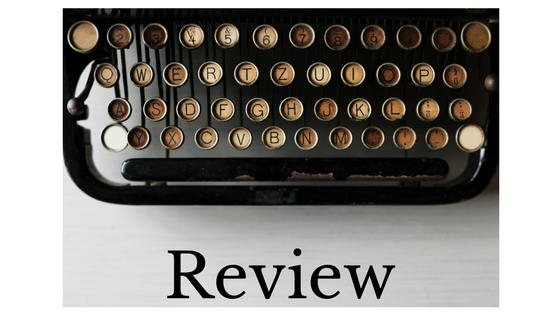
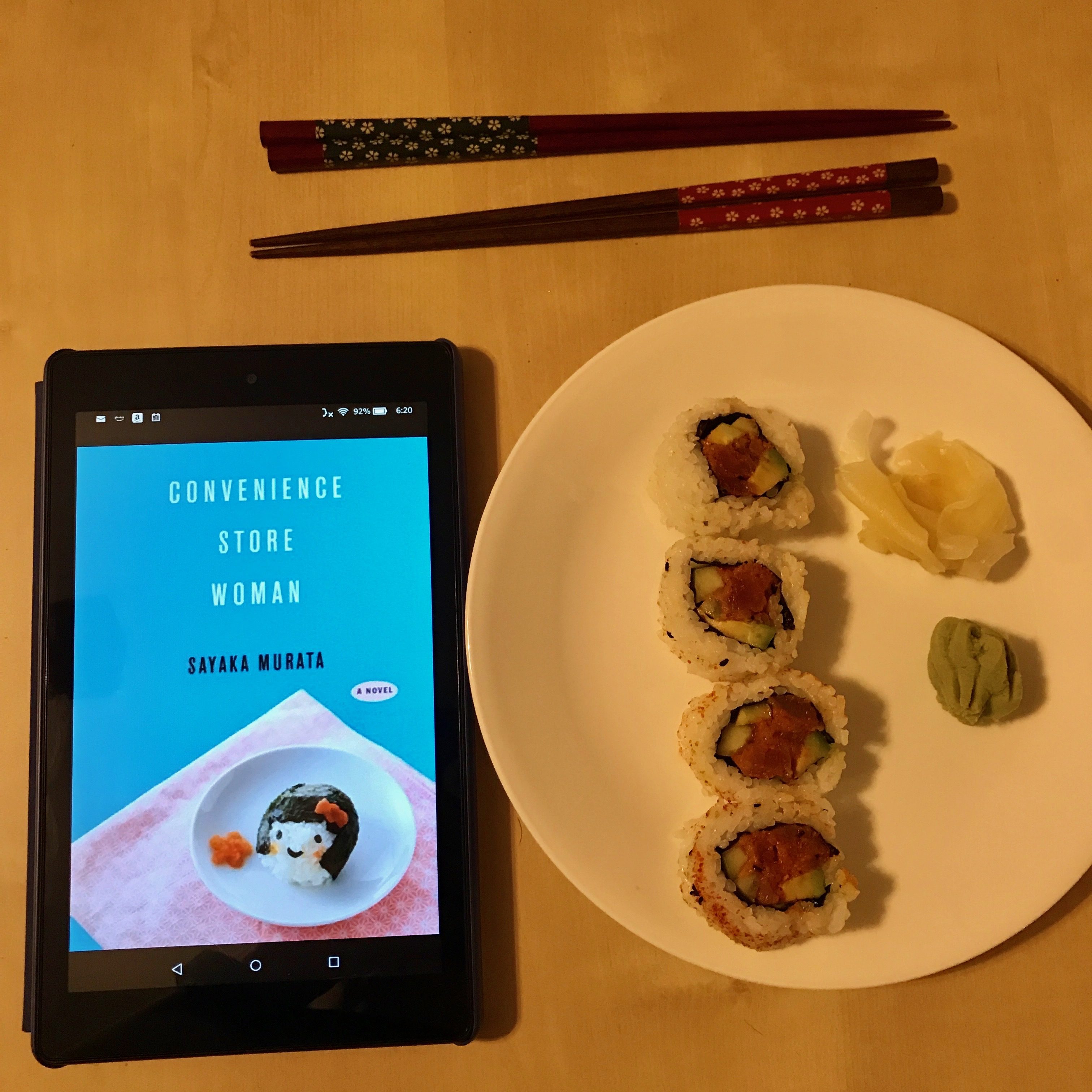
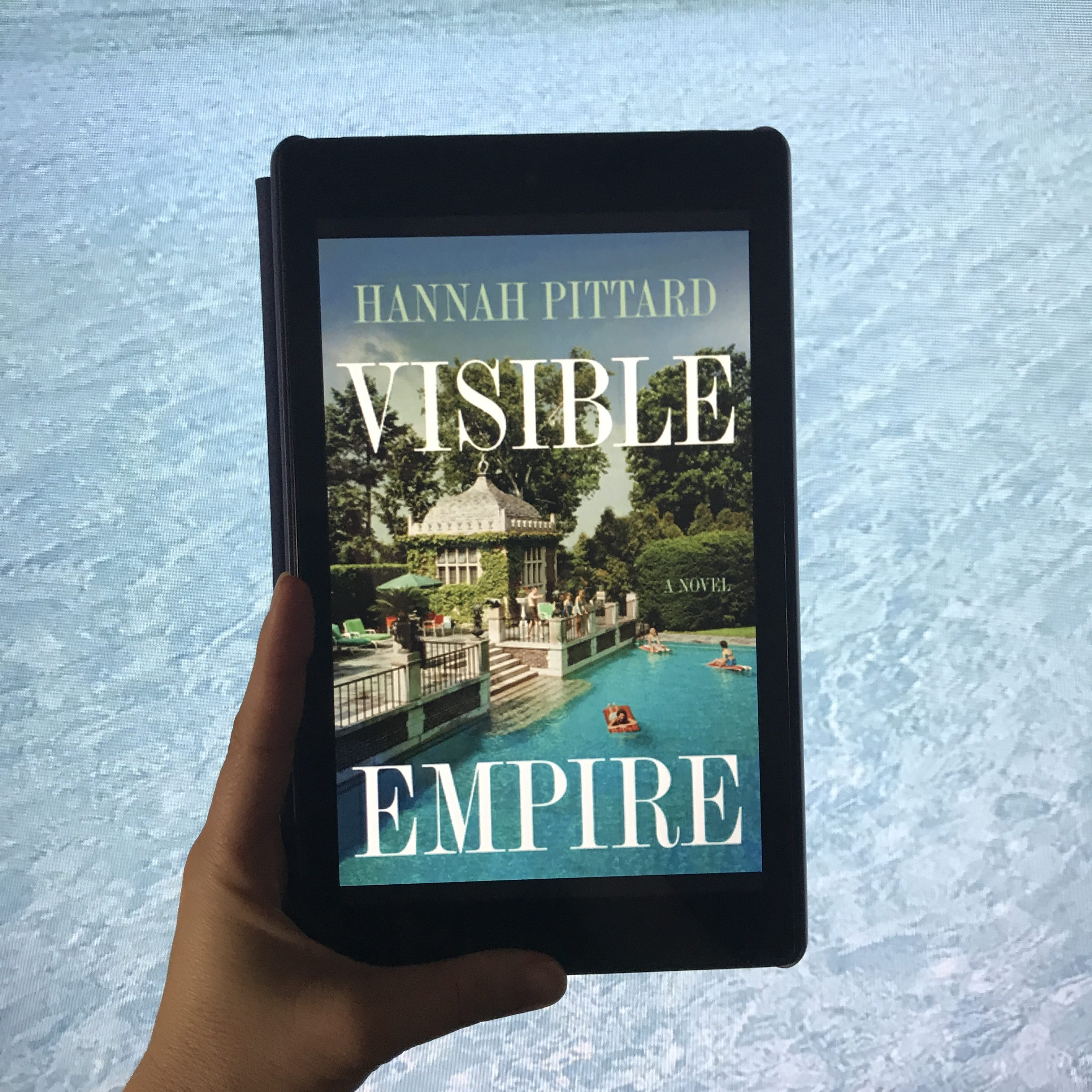
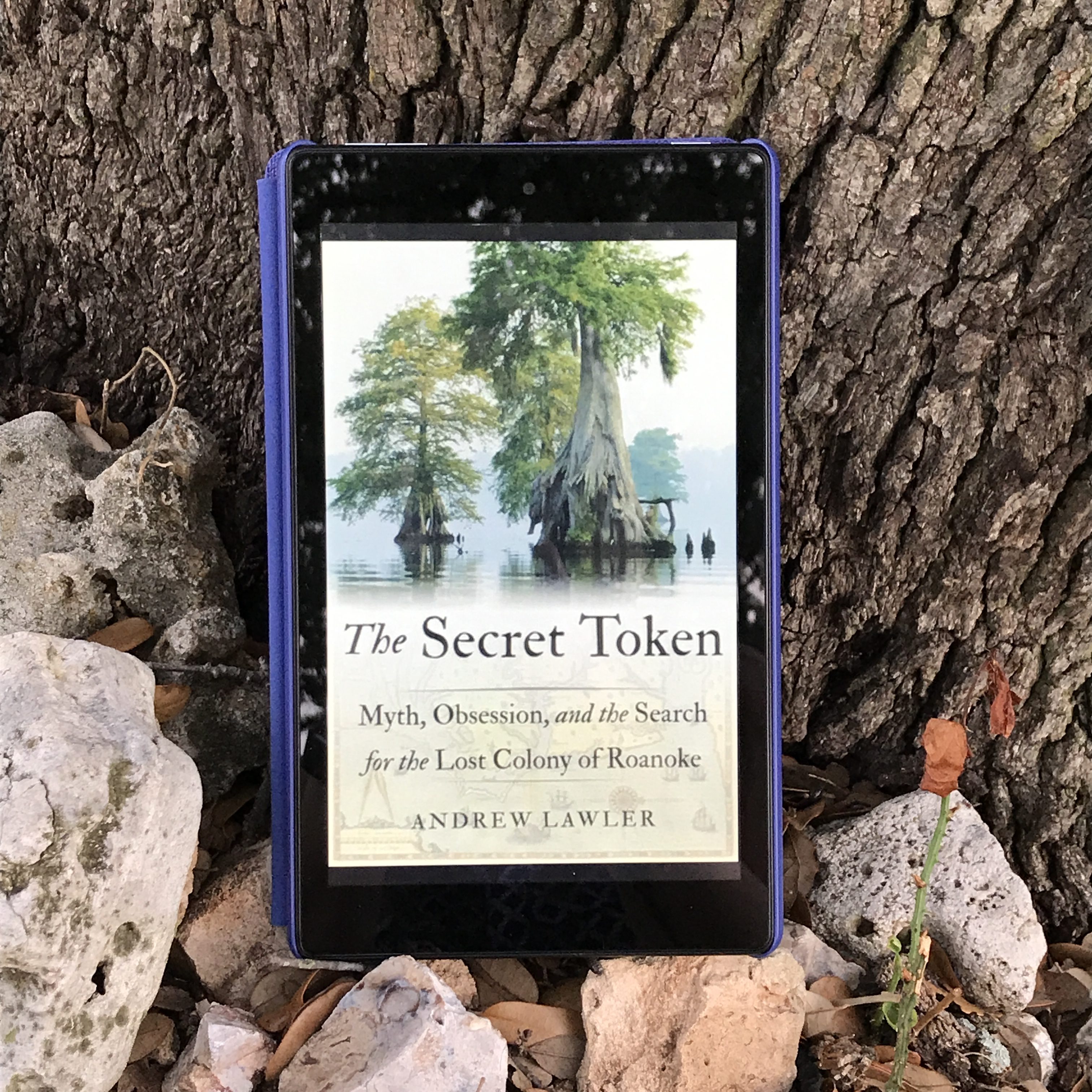
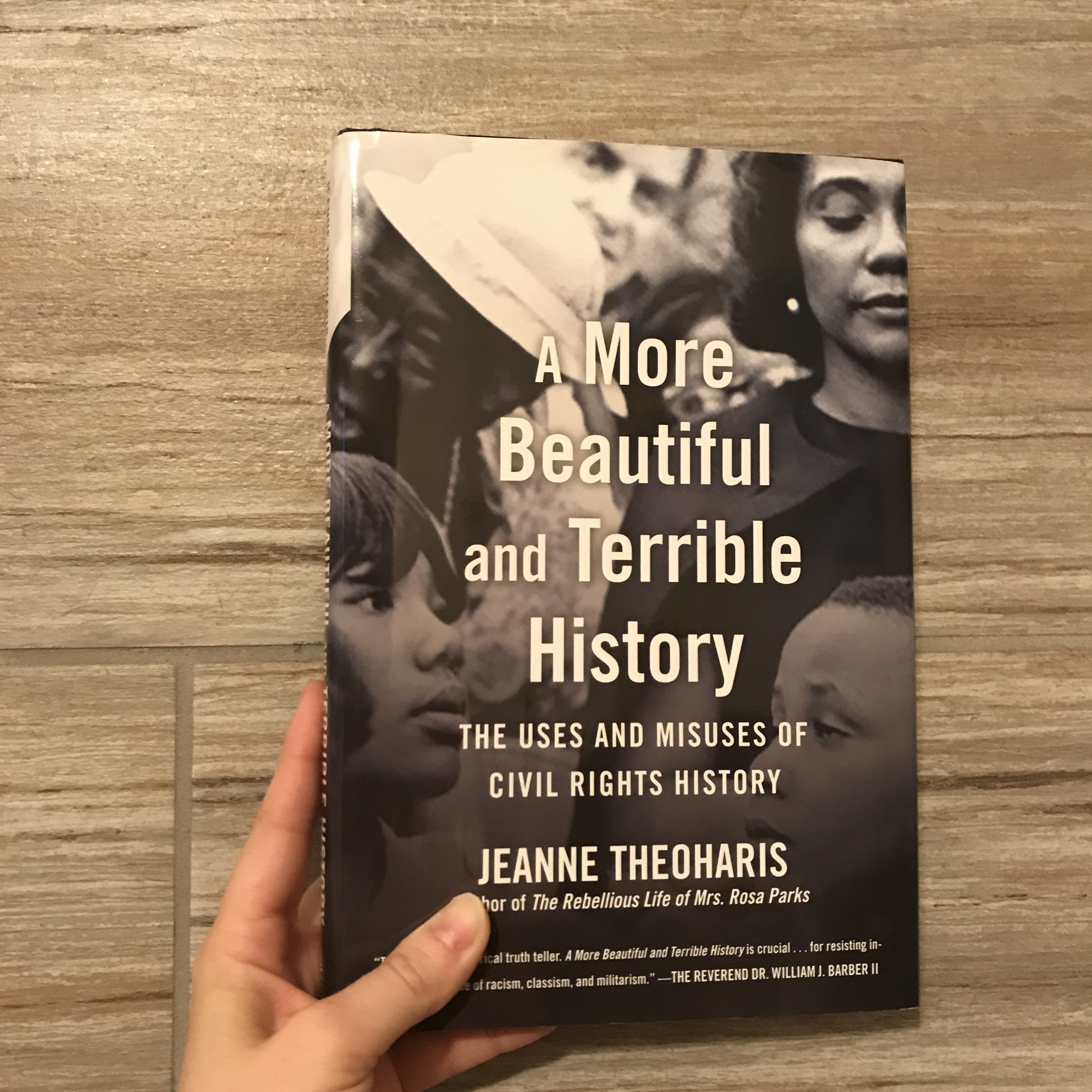
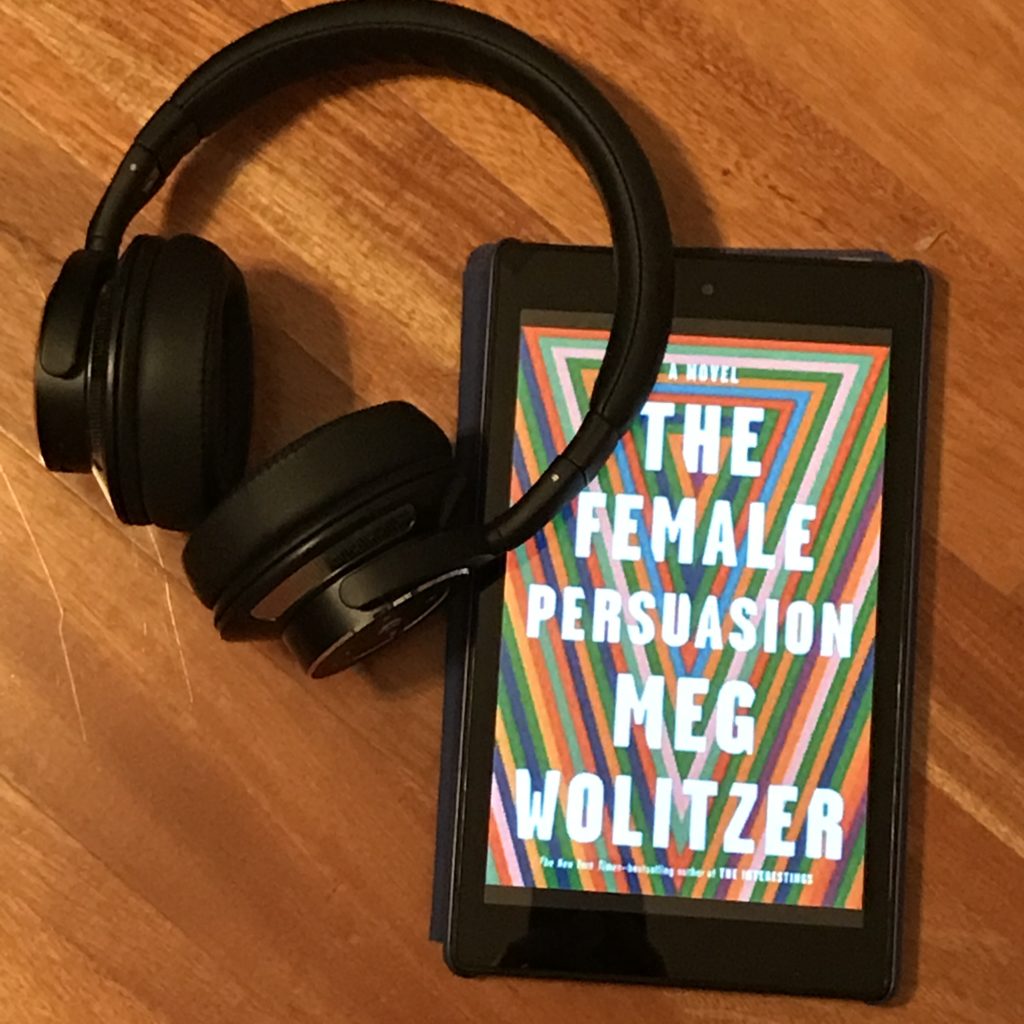
 “Text me when you get home” is not an aggressive rallying-cry like the anti-Donald Trump, pro-woman “This pussy grabs back,” but it does mark a sea change. It’s a way women are saying, through our care for each other, that our friendships are not what society says they are. We’re reclaiming them. We’re taking them back from the shitty words they’ve been smothered by for way too long:
“Text me when you get home” is not an aggressive rallying-cry like the anti-Donald Trump, pro-woman “This pussy grabs back,” but it does mark a sea change. It’s a way women are saying, through our care for each other, that our friendships are not what society says they are. We’re reclaiming them. We’re taking them back from the shitty words they’ve been smothered by for way too long: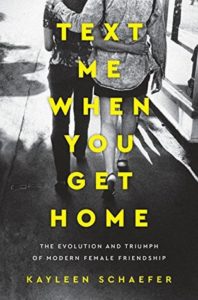 When I look back on my early life, I am not one of those women who can identify a string of close girlfriends. I fully admit that I was not the easiest child to be friends with—my social skills weren’t great, I was intensely competitive over intellectual things, and—quite frankly—holier-than-thou. For most of the first three decades of my life, religion provided a set of rules to follow. I was not a rule-breaker. Rule-breakers are bad.
When I look back on my early life, I am not one of those women who can identify a string of close girlfriends. I fully admit that I was not the easiest child to be friends with—my social skills weren’t great, I was intensely competitive over intellectual things, and—quite frankly—holier-than-thou. For most of the first three decades of my life, religion provided a set of rules to follow. I was not a rule-breaker. Rule-breakers are bad.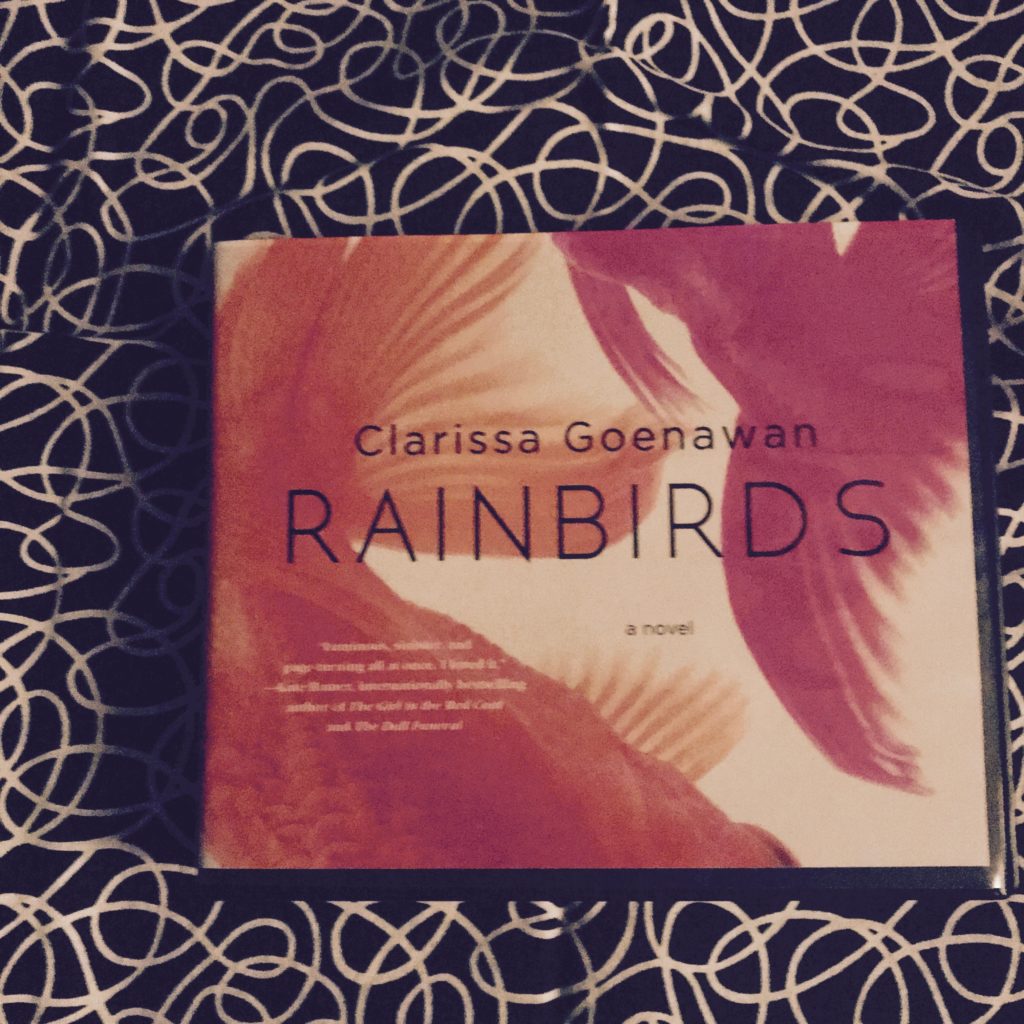

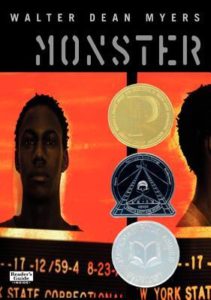 I came across Monster in a list at the library about books for Black History month, in a If-You-Liked-The-Hate-U-Give-You’ll-Like-This list. I would agree that it makes a good flight pick along with Dear Martin and The Hate U Give. The three books consider similar themes and provide alternative sides to a similar experience. Unlike the other two, however, Monster is the story of a teenager who wasn’t killed by police, but rather has been accused of felony murder for allegedly participating in a robbery gone wrong that left a man dead. The book is written in first person narrated by Steve Harmon, the child accused of the crime–however, in order to cope with what is happening, Steve presents it as if he is writing a film for one of his classes. The entire book reads like a screenplay. This unusual device works, providing the remove Steve need to tell his story while still giving the reader a sense of what is happening around him. Frankly, it also makes the book incredibly quick to read relative to the page length–I think I finished it in under two hours. The book won the first Michael L. Printz Award (best book in teen literature), ALA Best Book honors, Coretta Scott King honors, and was a finalist for the National Book Award when it was published. It was a powerful book, even more so for the unexpected gut-punch in the last few pages. Just when I thought I could breathe, Walter Dean Myers delivered one last visceral blow that was true to the book and true to how black boys are treated in this country. It’s not an easy read but one I recommend.
I came across Monster in a list at the library about books for Black History month, in a If-You-Liked-The-Hate-U-Give-You’ll-Like-This list. I would agree that it makes a good flight pick along with Dear Martin and The Hate U Give. The three books consider similar themes and provide alternative sides to a similar experience. Unlike the other two, however, Monster is the story of a teenager who wasn’t killed by police, but rather has been accused of felony murder for allegedly participating in a robbery gone wrong that left a man dead. The book is written in first person narrated by Steve Harmon, the child accused of the crime–however, in order to cope with what is happening, Steve presents it as if he is writing a film for one of his classes. The entire book reads like a screenplay. This unusual device works, providing the remove Steve need to tell his story while still giving the reader a sense of what is happening around him. Frankly, it also makes the book incredibly quick to read relative to the page length–I think I finished it in under two hours. The book won the first Michael L. Printz Award (best book in teen literature), ALA Best Book honors, Coretta Scott King honors, and was a finalist for the National Book Award when it was published. It was a powerful book, even more so for the unexpected gut-punch in the last few pages. Just when I thought I could breathe, Walter Dean Myers delivered one last visceral blow that was true to the book and true to how black boys are treated in this country. It’s not an easy read but one I recommend.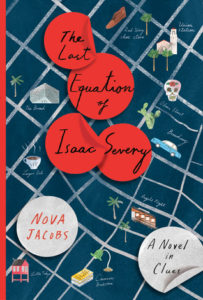 I’ll admit that I was hoping for an adult Westing Game –this wasn’t that. (Though it’s probably being unfair to hope for another Westing Game.) This was a fun little diversion–a thriller set in the midst of a highly dysfunctional family after the patriarch dies. (I guess novels set in well-functioning families don’t typically produce enough plot to merit books?). Jacobs had a knack for presenting most of the characters in fairly well-rounded ways–even the minor characters weren’t flat or simply plot devices. As a result I managed to sympathize with almost all of the characters–even the bad actors and hate everyone at some point–kind of how I feel about real people. No one is perfect, everyone has their own internal motivations, and someone is always going to make a choice that I disagree with. Though the sub-title of the book is “A Novel In Clues” and the book is about a mathematician, absolutely no math background is necessary to enjoy this book. It wasn’t the best thriller but it was a diversion when I needed one and may be worth checking out if mysteries are your wheelhouse. Though there’s a fair amount of death, there’s no gore.
I’ll admit that I was hoping for an adult Westing Game –this wasn’t that. (Though it’s probably being unfair to hope for another Westing Game.) This was a fun little diversion–a thriller set in the midst of a highly dysfunctional family after the patriarch dies. (I guess novels set in well-functioning families don’t typically produce enough plot to merit books?). Jacobs had a knack for presenting most of the characters in fairly well-rounded ways–even the minor characters weren’t flat or simply plot devices. As a result I managed to sympathize with almost all of the characters–even the bad actors and hate everyone at some point–kind of how I feel about real people. No one is perfect, everyone has their own internal motivations, and someone is always going to make a choice that I disagree with. Though the sub-title of the book is “A Novel In Clues” and the book is about a mathematician, absolutely no math background is necessary to enjoy this book. It wasn’t the best thriller but it was a diversion when I needed one and may be worth checking out if mysteries are your wheelhouse. Though there’s a fair amount of death, there’s no gore.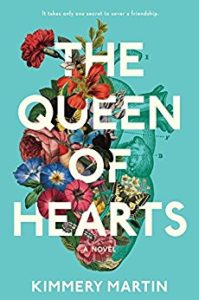 Queen of Hearts is being billed as Grey’s Anatomy in book form. This is….accurate-ish. There’s less going on in Queen of Hearts since Martin is working with less space than a Grey’s Anatomy season and the drama is (mostly) in the past, just come to revisit Zadie and Emma. They’ve had a good run with relatively little drama since their intern years in medical school a decade ago, but that doesn’t make a good book. Enter stage left, Zadie’s McDreamy from her first intern year, bearing secrets for what really happened ten years ago. The book was deliciously fluffy and dramatic, had some mystery elements (what really happened that year?), but stayed pretty well in the popular fiction lane. I was bothered twice by body-shaming comments made about people who were overweight. This wasn’t surprising giving that Martin is herself a doctor and health professionals often seem particularly prone to assuming size is indicative of health, but was disappointing and distracting. It also ended a bit too neatly (which is not the same as happily) for me–I think Martin could have left a few loose ends hanging and it would have felt more true to life. Ultimately, if you’re looking for a fluffy, plot-driven beach read, Queen of Hearts is a good one.
Queen of Hearts is being billed as Grey’s Anatomy in book form. This is….accurate-ish. There’s less going on in Queen of Hearts since Martin is working with less space than a Grey’s Anatomy season and the drama is (mostly) in the past, just come to revisit Zadie and Emma. They’ve had a good run with relatively little drama since their intern years in medical school a decade ago, but that doesn’t make a good book. Enter stage left, Zadie’s McDreamy from her first intern year, bearing secrets for what really happened ten years ago. The book was deliciously fluffy and dramatic, had some mystery elements (what really happened that year?), but stayed pretty well in the popular fiction lane. I was bothered twice by body-shaming comments made about people who were overweight. This wasn’t surprising giving that Martin is herself a doctor and health professionals often seem particularly prone to assuming size is indicative of health, but was disappointing and distracting. It also ended a bit too neatly (which is not the same as happily) for me–I think Martin could have left a few loose ends hanging and it would have felt more true to life. Ultimately, if you’re looking for a fluffy, plot-driven beach read, Queen of Hearts is a good one.
 the modern world is, in many ways, in a state of transience—we experience life as a series of moments that are lost as the pass. As we pass through life we ultimately lose everything. And yet, while this is on the surface a depressing thought, when Hamid said it, it sounded mournful and yet beautiful. If everything is passing and we lose everything, why do we fight so hard to keep migrants out, to be the person who gets to define things like purity?
the modern world is, in many ways, in a state of transience—we experience life as a series of moments that are lost as the pass. As we pass through life we ultimately lose everything. And yet, while this is on the surface a depressing thought, when Hamid said it, it sounded mournful and yet beautiful. If everything is passing and we lose everything, why do we fight so hard to keep migrants out, to be the person who gets to define things like purity? life is that we lose everything—so what happens when he takes it all from his characters at an accelerated rate? And yet—as Exit West so lyrically and eloquently demonstrates, even amidst all of this loss, there is beauty and hope left. You can lose everything and still experience beauty, hope, and joy.
life is that we lose everything—so what happens when he takes it all from his characters at an accelerated rate? And yet—as Exit West so lyrically and eloquently demonstrates, even amidst all of this loss, there is beauty and hope left. You can lose everything and still experience beauty, hope, and joy.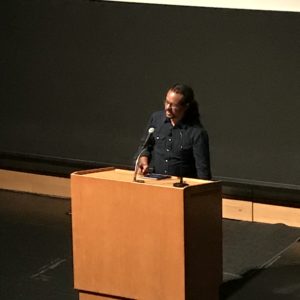 expected. (Though, to be fair, I hadn’t read up on Whitehead besides reading his work—no interviews, no videos, no visit to his website. I supposed I expected the writer of a Pulitzer and National Book Award winning book to be serious and speak with furrowed brows—like a serious person with a serious forehead.)
expected. (Though, to be fair, I hadn’t read up on Whitehead besides reading his work—no interviews, no videos, no visit to his website. I supposed I expected the writer of a Pulitzer and National Book Award winning book to be serious and speak with furrowed brows—like a serious person with a serious forehead.) o discussing The Underground Railroad more directly. While writing a book about the Railroad occurred to him early, he waited—he talked about not being a good enough writer yet and saving this idea until he could do it justice. He talked about the States being states of American possibility and drawing broader connections to other historical events. In North Carolina when Cora hides in the attic from the people who would kill her, this felt reminiscent of Anne Frank—this was, in fact deliberate. Having North Carolina presented the way it did was a deliberate effort to make a connection to Nazi Germany where the Nazis apparently studied American slavery and racism, using some of our language as their model.
o discussing The Underground Railroad more directly. While writing a book about the Railroad occurred to him early, he waited—he talked about not being a good enough writer yet and saving this idea until he could do it justice. He talked about the States being states of American possibility and drawing broader connections to other historical events. In North Carolina when Cora hides in the attic from the people who would kill her, this felt reminiscent of Anne Frank—this was, in fact deliberate. Having North Carolina presented the way it did was a deliberate effort to make a connection to Nazi Germany where the Nazis apparently studied American slavery and racism, using some of our language as their model. The other quote Whitehead left me with is that he “owes no responsibility to the reader.” He mentioned this within the context of questions he often receives. Apparently he is frequently asked about whether he feels responsible for what people know or how their sense of history is altered (possibly incorrectly if they read The Underground Railroad too literally) and he vehemently noted that he doesn’t owe anything to his readers in this sense. I appreciated this stance. While I don’t think it applies to everyone—there are people writing morally reprehensible things, words that are then put to ill use in violent ideologies and those people are responsible (see previous note re: slavery and Nazis); however, for someone writing fiction like Whitehead this is true. His work is not inciting violence or hatred—he therefore doesn’t owe the reader any obligation to stick solely to the truth in presenting his world and his characters. There is a difference between being true to the time period in which one writes the book and being so slavish that one cannot include magical realist elements like an actual underground railroad.
The other quote Whitehead left me with is that he “owes no responsibility to the reader.” He mentioned this within the context of questions he often receives. Apparently he is frequently asked about whether he feels responsible for what people know or how their sense of history is altered (possibly incorrectly if they read The Underground Railroad too literally) and he vehemently noted that he doesn’t owe anything to his readers in this sense. I appreciated this stance. While I don’t think it applies to everyone—there are people writing morally reprehensible things, words that are then put to ill use in violent ideologies and those people are responsible (see previous note re: slavery and Nazis); however, for someone writing fiction like Whitehead this is true. His work is not inciting violence or hatred—he therefore doesn’t owe the reader any obligation to stick solely to the truth in presenting his world and his characters. There is a difference between being true to the time period in which one writes the book and being so slavish that one cannot include magical realist elements like an actual underground railroad.